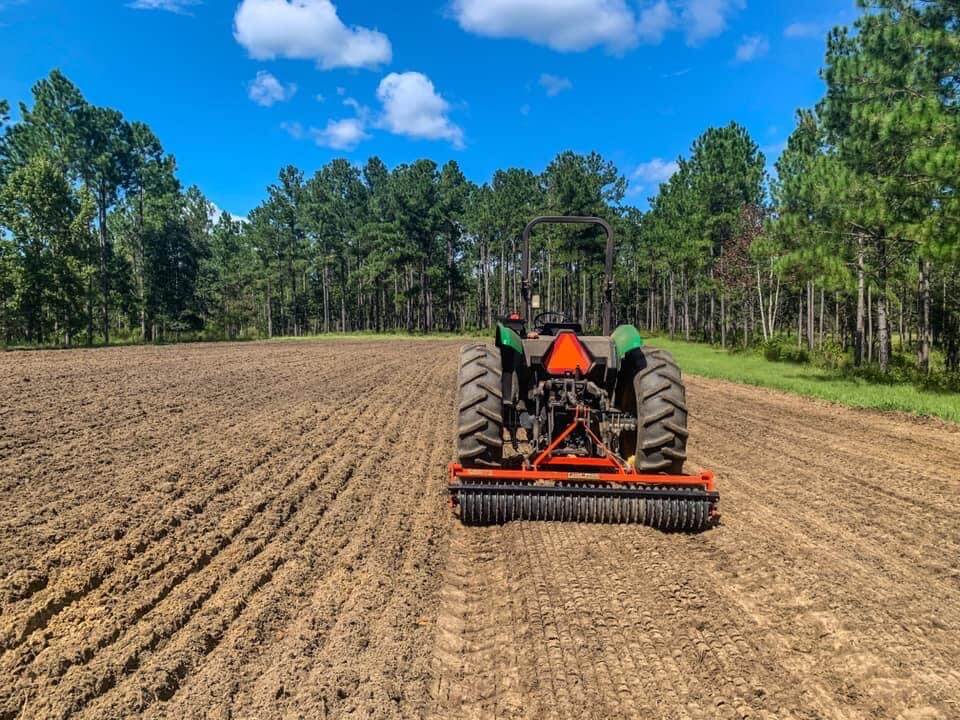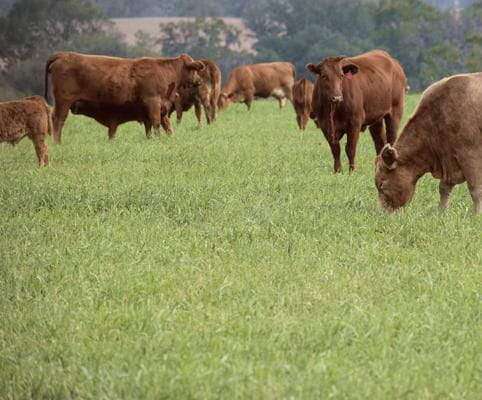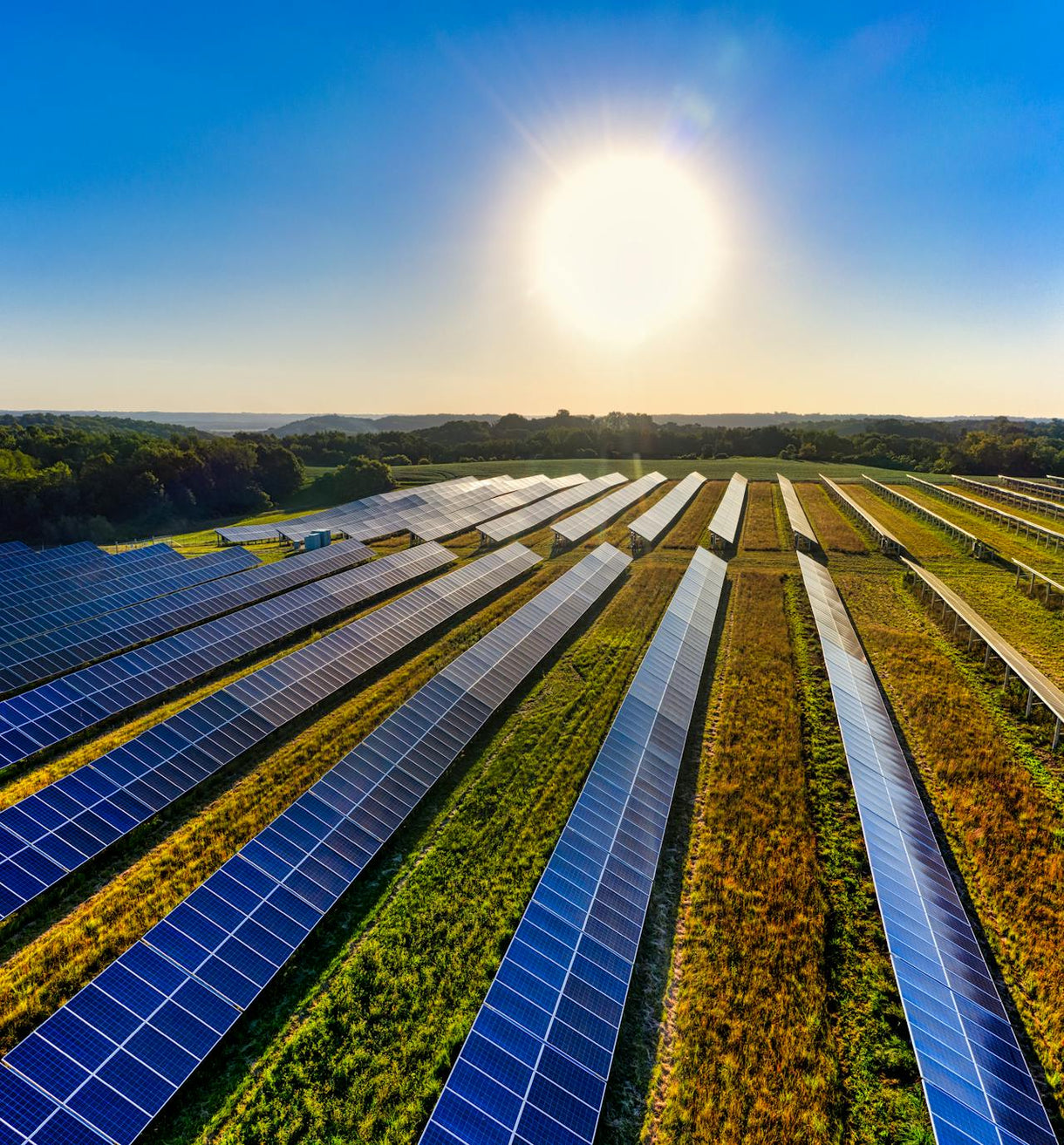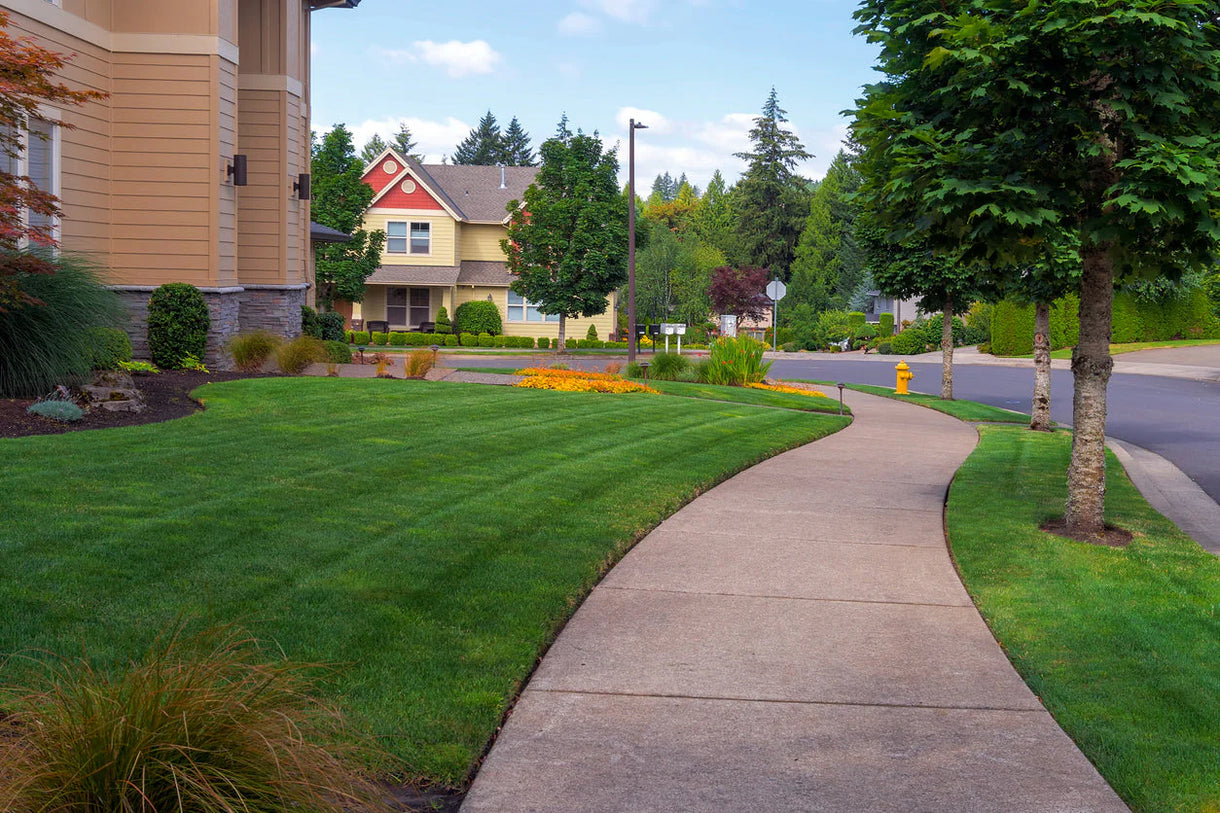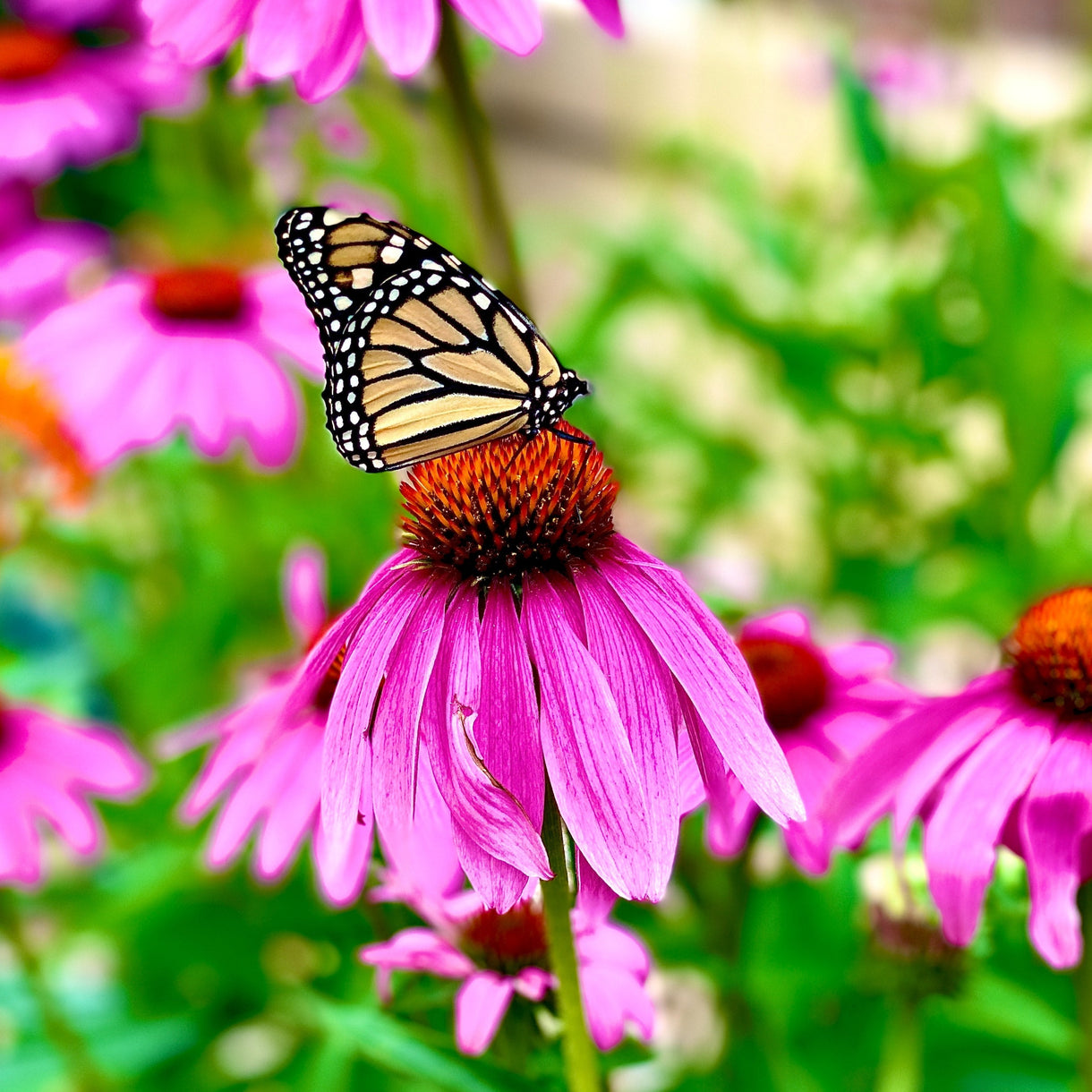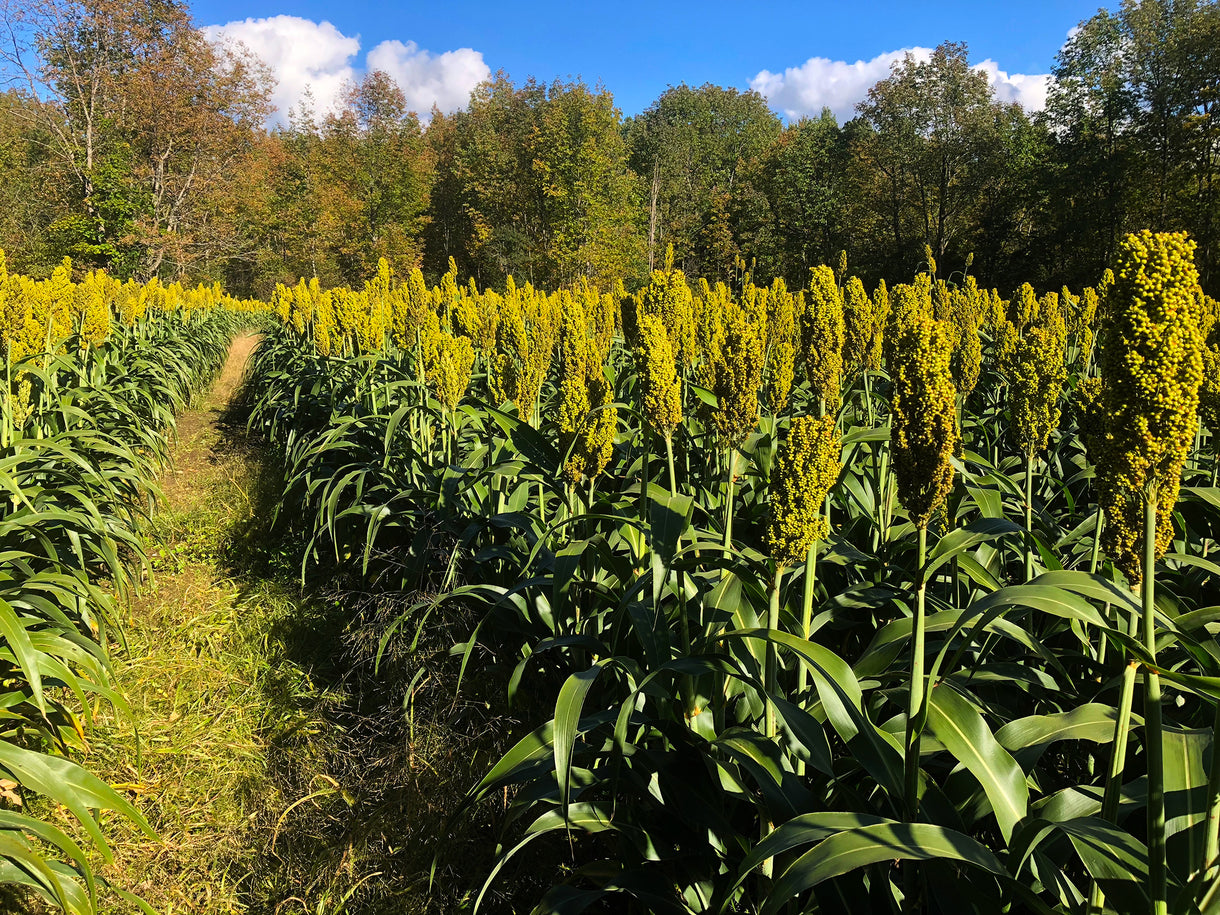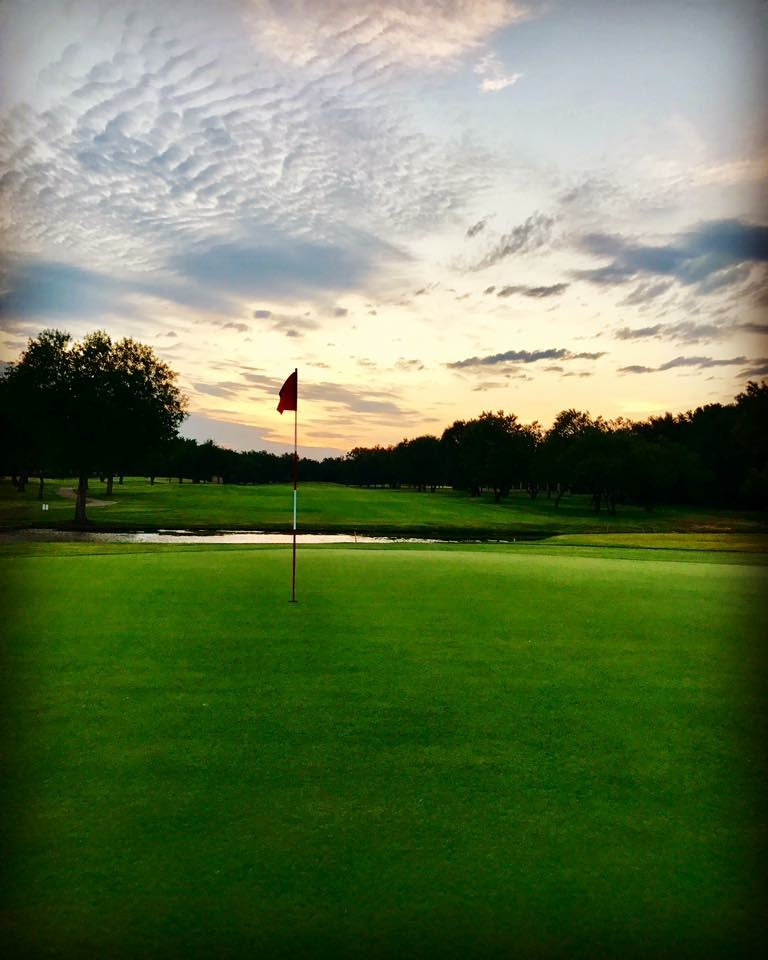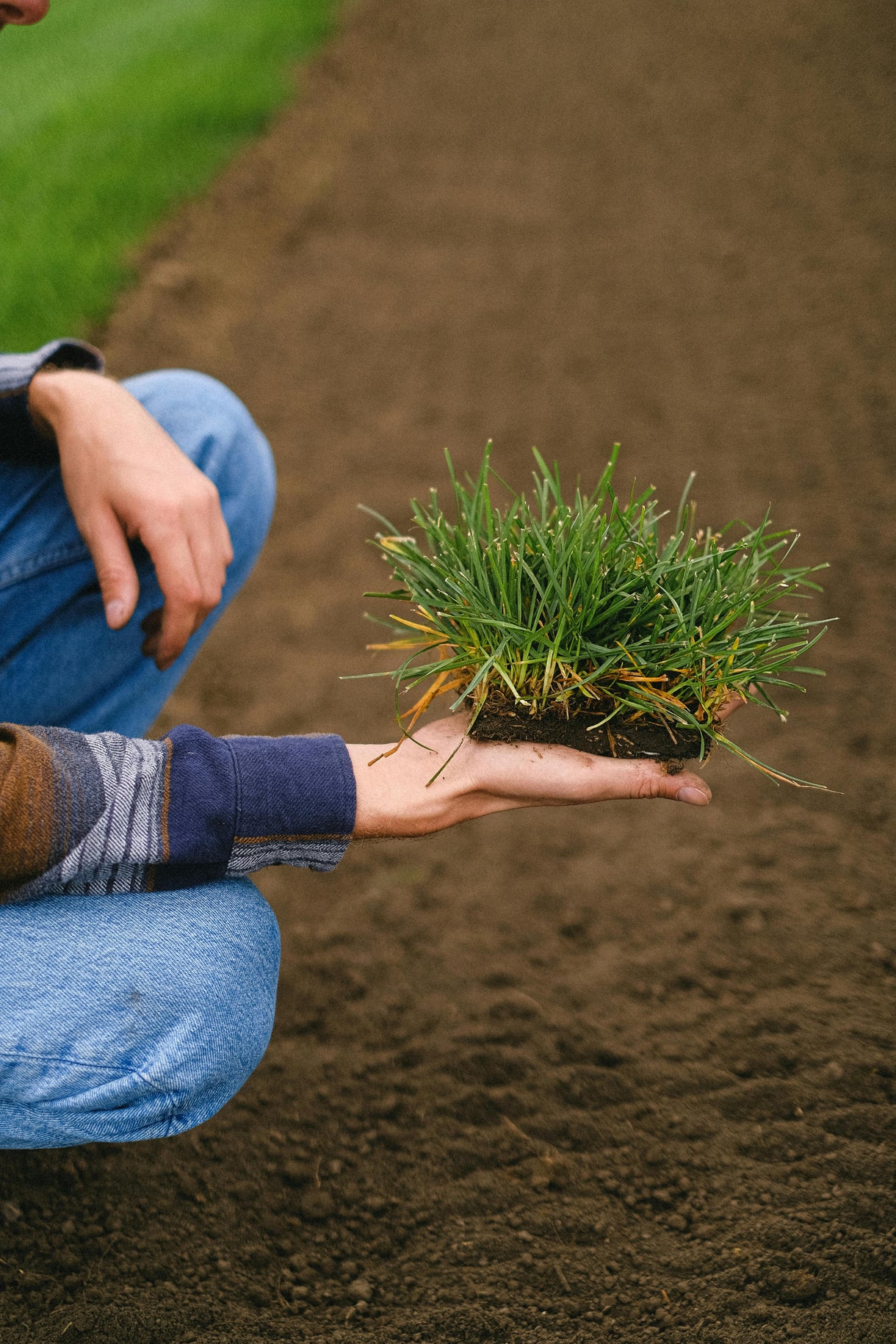Popular Products
Popular Products

Seed Quality
Hancock Seed is dedicated to delivering the best seeds possible to our customers. Hancock Seed grows and harvests many of our products, and we acquire the majority of the rest from other family farmers.
All these seeds are processed, packaged and shipped from Hancock Farm. This helps us ensure that our high standards are met. Unlike much of the competition, we refuse to sell you a seed that was not gathered during the last harvest. You will always receive fresh product from Hancock.
Every seed we grow comes with 40 years of experience behind it...you can rest assured that all of our products are cultivated in a method that assures its potential for growth.

Your cart ( 0 )

Barley is a member of the grass family used primarily for cereal grain. Barley has been introduced as a very effective seed for fodder programs. Barley can also be used for grazing in pastures, cover crops for gardens and many other uses.
Product Information
- Application or Use: Fodder, Erosion Control, Grain/Straw Production, Cover Crop
- Germination Time: 3 - 5 days days, under optimal conditions
- Growing Locations: Warm Season, Transition Zone & Cool Season
- Height: 2 - 4 feet
- Sunlight Requirements: 6 - 8 hours, full sun for best results
- Advantages: Fast growing; most commonly used in fodder systems.
- When to Plant: Recommended planting time is fall and spring when night time temperatures are consistently below 65 degrees.
Product Details
- Untreated and non-GMO
- Excellent for fodder
- High-yeilding
- Primarily used for cereal grain
-
Can be used for grazing and cover crops
Product Information
Barley is a high-yeilding, moderately early heading, short in stature, six-row winter barley which has very good winter hardiness. It is also a potential commodity for fuel ethanol, feed and food production. Average plant height is 33". Barley is resistant to powdery mildew and moderately resistant to leaf rust.
*Product packaging may appear different than what is pictured.
Our Barley Seed is untreated and GMO free.
Instructions
When choosing to start a new lawn, remove old vegetation by using a de-thatcher, power rake or tiller to kill the existing vegetation. Rake or drag the area to remove debris and dead grass for a clean area. Ensure the soil is leveled and loosened to allow the seed to have good soil contact once spread on a clean seed bed.
If you have an area with heavy weed coverage, we recommend starting fresh by killing and removing the existing vegetation. If you choose to use chemicals, herbicides or fertilizers, you must check with the product's manufacturer prior to planting new seed to ensure the proper waiting period.
When overseeding an existing area, mow your lawn at the lowest setting and bag the clippingsx. Rake or drag any areas that have dead thatch or debris.






